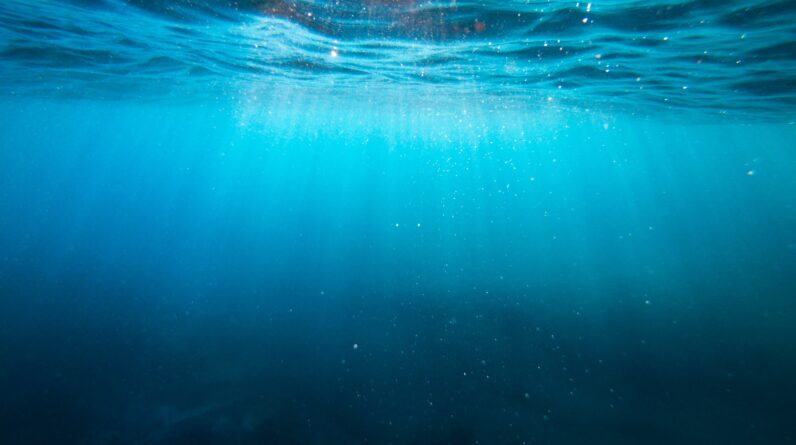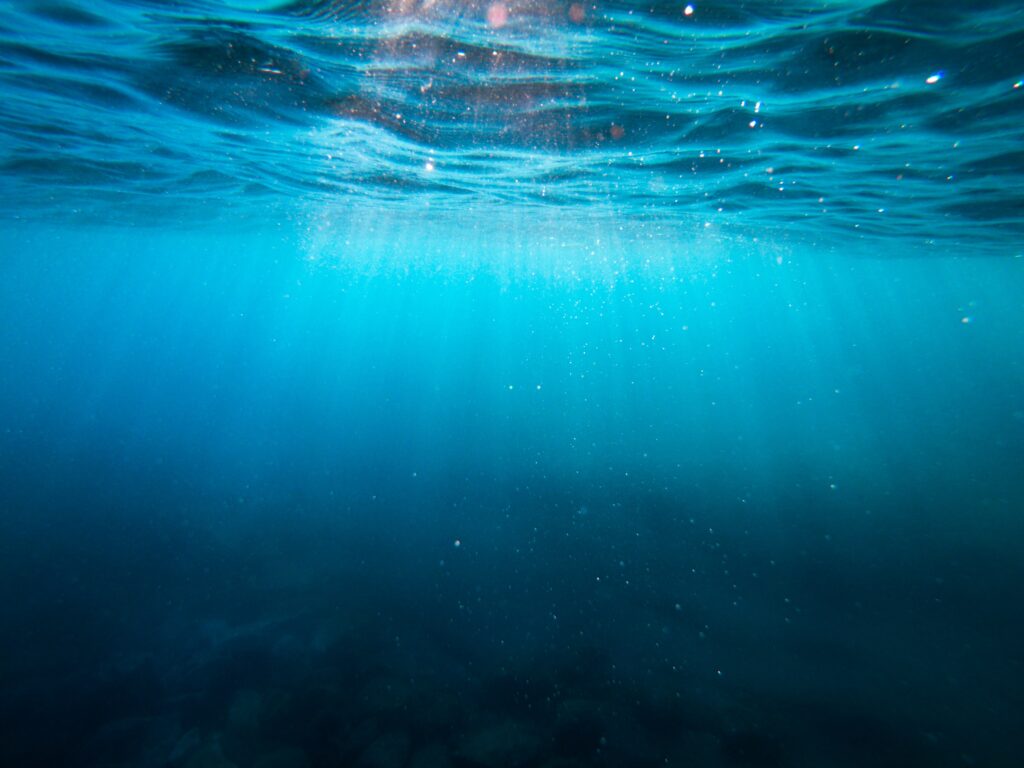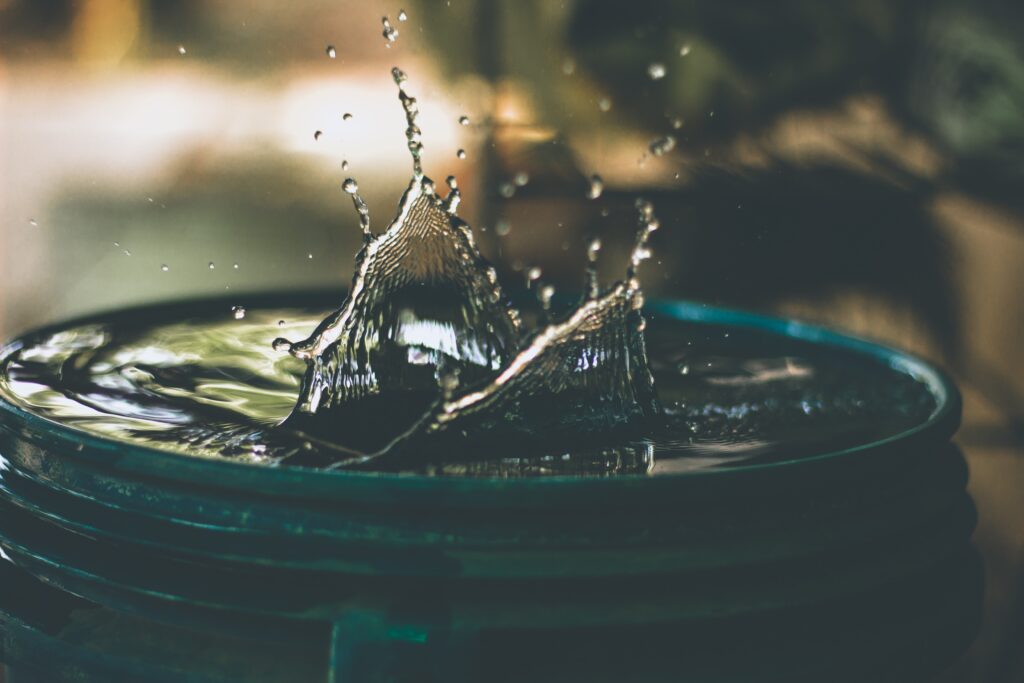
Cats and water seem to have an ongoing feud that has baffled pet owners for centuries. It’s almost as if felines possess an innate aversion to anything involving water, be it a simple droplet or a full-on bath. But have you ever wondered why cats seem to despise water so much? In this article, you’ll uncover the intriguing reasons behind this peculiar aversion and gain a deeper understanding of your feline companion’s unique relationship with water. So, get ready to unravel the mysteries of why cats hate water!
Table of Contents
Evolutionary Reasons
The Nature of Domestic Cats
Cats, both domesticated and wild, belong to the felid family, a group of animals known for their solitary nature and independent behavior. This inherent nature plays a significant role in understanding why cats have an aversion to water. Unlike their canine counterparts, who have a natural affinity for water and are known for their excellent swimming abilities, cats tend to approach water with caution and, in many cases, outright fear.
Ancestral Traits
To understand the reasons behind a cat’s fear of water, it’s crucial to delve into their ancestral traits. Cats’ distant relatives, such as lions and tigers, primarily inhabit arid regions where water sources are scarce. Their survival in such environments has favored the development of traits that minimize their contact with water. These ancestral traits have carried over to domestic cats, making them inherently averse to water as well.
Hunting Adaptations
Another crucial factor contributing to a cat’s fear of water is their hunting adaptations. Cats, being natural predators, possess highly sensitive fur that aids them in capturing prey effectively. However, this delicate fur becomes problematic when exposed to water. When wet, a cat’s fur loses its insulating properties, making it less efficient in keeping them warm and reducing its hunting capabilities.
Preservation of Body Temperature
Cats are known for their agility and grace, qualities that rely on their body’s muscular and skeletal structure. However, when subjected to water, their muscles and bones are compromised, leading to a potential loss of balance. Furthermore, wet fur has a cooling effect on a cat’s body temperature, potentially exposing them to various health risks. Therefore, cats naturally possess a strong aversion to water in order to protect their body’s optimal functioning and well-being.
Sensitivity to Water
Sensitive Fur
Cats have a highly specialized fur structure that contributes to their aversion to water. Each strand of their fur consists of a complex arrangement of overlapping cuticles, acting as a protective barrier against dirt and moisture. This elaborate fur structure makes it challenging for water to penetrate the cat’s coat, resulting in a sensation of discomfort and unease.
Excessive Moisture
Due to their fur’s resistance to water, cats are unable to efficiently eliminate moisture from their coat. As a result, water tends to cling to their fur for a prolonged period, leading to unpleasant sensations and the feeling of being weighed down. The accumulation of excessive moisture can also create a chilling effect on their body, further reinforcing their aversion to water.
Reduced Agility
Cats’ natural agility and dexterity heavily rely on their nimble paw movements and precise footing. However, when faced with the slippery surface created by water, their ability to maintain traction becomes compromised. The reduced grip and stability significantly hinder their movements, leaving them feeling vulnerable and instilling a fear response.

Negative Experiences
Traumatic Encounters
Negative experiences involving water, such as accidental falls into pools or bathtubs, can leave a lasting psychological impact on cats, amplifying their fear of water. These traumatic encounters can evoke feelings of helplessness and panic, resulting in an aversion towards any water-related situations in the future.
Inappropriate Handling
Improper handling during bathing or grooming sessions can further contribute to a cat’s fear of water. If they are forced into water or subjected to rough handling, it can intensify their anxiety and reinforce the belief that water-related activities are unpleasant and potentially harmful.
Painful Sensations
Cats have a highly sensitive nervous system, making them susceptible to experiencing pain or discomfort more acutely than other animals. Wet fur can cause sensations such as pulling, matting, or even skin irritations, which can result in distress and reinforce their aversion to water.
Lack of Control
Loss of Balance
Cats are renowned for their exceptional balance and agility, enabling them to move swiftly and elegantly. However, when exposed to water, their fur becomes heavy and clings to their body, disrupting their natural balance. The loss of balance further intensifies their fear and makes them feel vulnerable.
Limited Vision
Water can impair a cat’s vision, especially if it enters their eyes or covers their face. Reduced visual acuity adds to their feeling of helplessness and increases their reluctance to be in water-related situations.
Feeling Vulnerable
Cats are known for their independent and self-reliant nature. However, when a cat is wet, they may feel stripped of their natural defenses and exposed to potential dangers. This loss of control over their surroundings triggers a fear response, compelling them to retreat or resist water-related activities.
Fear Responses
Startling Noises
Cats have an acute sense of hearing, picking up even the faintest of sounds. The sound of running water or splashing can startle cats, causing an instant fear response. This heightened sensitivity to sound makes water-related activities even more intimidating to cats.
Unfamiliar Sensations
Water introduces various unfamiliar sensations that can trigger a fear response in cats. The sensation of water droplets touching their skin or the feeling of being immersed in water can evoke discomfort and anxiety, prompting them to flee from such situations.
Restrained Feeling
Cats value their freedom and autonomy, and being confined or restrained is against their natural instincts. Water-related activities often involve the use of containers or equipment that restrict their movement, reinforcing their aversion to water due to the accompanying feeling of being confined or controlled.
Disruption of Scent
Temporary Loss of Familiar Smells
Cats rely heavily on their sense of smell to navigate their environment. When wet, their fur can retain water molecules, interfering with their ability to detect familiar scents and navigate their surroundings effectively. This temporary loss of scent information adds to their stress and apprehension when exposed to water.
Interference with Territorial Markings
Cats are known for their territorial nature and use scent marking as a means of communication. When wet, their scent-based territorial boundaries can become diluted or washed away, leaving them feeling insecure and uncertain in their environment.
Potential Danger Awareness
Cats have an innate behavioral adaptation to avoid potential dangers. Any unfamiliar scent associated with water, such as the scent of chlorine in swimming pools or the smell of cleaning agents in bathrooms, may trigger a fear response in cats. This serves as a survival mechanism aimed at protecting them from potentially harmful substances.

Behavioral Conditioning
Lack of Familiarity
Cats are creatures of habit, and they find comfort and security in familiar routines. Since water-related activities are not typically a part of their daily routine, the lack of exposure can contribute to their aversion. Without prior positive experiences or gradual exposure, cats may perceive water-related activities as unnatural and alarming.
Limited Exposure
Cats who have limited exposure to water during their early developmental stages are less likely to become accustomed to it. Early experiences play a vital role in shaping a cat’s behavior and responses, making it essential to introduce water gradually and positively from a young age.
Negative Associations
Negative experiences associated with water, such as painful grooming sessions or forceful bathing, can create a negative association in cats’ minds. These negative experiences can be difficult to reverse, leading to a persistent fear of water and avoidance of water-related activities.
Individual Preferences
Unique Personalities
Just like humans, cats have individual personalities and preferences. Some cats may naturally possess a more fearful or cautious temperament, making them more prone to develop a fear of water. Each cat’s unique personality and predispositions can shape their perception and response to water-related situations.
Variations in Genetic Predispositions
Genetic predispositions also play a role in determining a cat’s fear of water. Certain breeds or bloodlines may exhibit a stronger aversion to water due to inherited traits or characteristics inherited from their ancestors.
Preference for Dry Environments
Cats have a natural inclination to seek dry and warm places for relaxation and comfort. Water-related activities often disrupt their preference for dry environments, further reinforcing their aversion to water.
Water Repellent Coat
Structural Adaptations
Cats have evolved with a unique fur structure that acts as a natural water repellent. Their fur is densely packed and coated with oil from their skin, allowing water to slide off easily. This natural adaptation ensures that their skin remains dry and helps maintain their body temperature, reinforcing their aversion to water.
Natural Grooming Abilities
Cats possess excellent grooming skills, which contribute to the maintenance of their fur’s water-repellent properties. Through licking and scrubbing, cats distribute natural oils from their skin onto their fur, effectively reestablishing its water-repellent nature. By avoiding water, cats can preserve their grooming habits and maintain the integrity of their fur’s protective layers.
Synthetic Fabrics and Water
The repellent nature of a cat’s fur poses challenges when faced with synthetic fabrics commonly associated with water-related activities. Synthetic materials do not allow water to slide off as easily as natural fur does, leading to uncomfortable sensations for cats. This discomfort only strengthens their aversion to water and further intensifies their fear response.
Cultural Influences
Limited Exposure to Water
Cultural norms and practices can contribute to cats’ aversion to water. In many areas, domestic cats are not routinely exposed to water-related activities, as their grooming needs are often met through self-grooming or occasional brushing. The lack of exposure to water-related situations can reinforce their avoidance and make water appear unfamiliar and threatening.
Ethnic Practices and Beliefs
Certain cultural beliefs and practices surrounding cats and water can also play a role in shaping their aversion. For example, in some cultures, water is believed to wash away luck or carry negative energy, which may deter cat owners from introducing water-related activities to their feline companions.
Lack of Encouragement to Overcome Fear
Without appropriate encouragement and positive reinforcement, cats may struggle to overcome their fear of water. If owners do not provide patient and gradual exposure to water-related activities while ensuring the experience is positive, cats may continue to associate water with fear and discomfort.
In conclusion, cats’ aversion to water stems from a combination of evolutionary factors, sensitivity to water, negative experiences, lack of control, fear responses, disruption of scent, behavioral conditioning, individual preferences, the water-repellent nature of their coat, and cultural influences. Understanding the reasons behind a cat’s fear of water can help owners make informed decisions and provide the necessary support and care to ensure their cat feels safe and secure in their environment.

